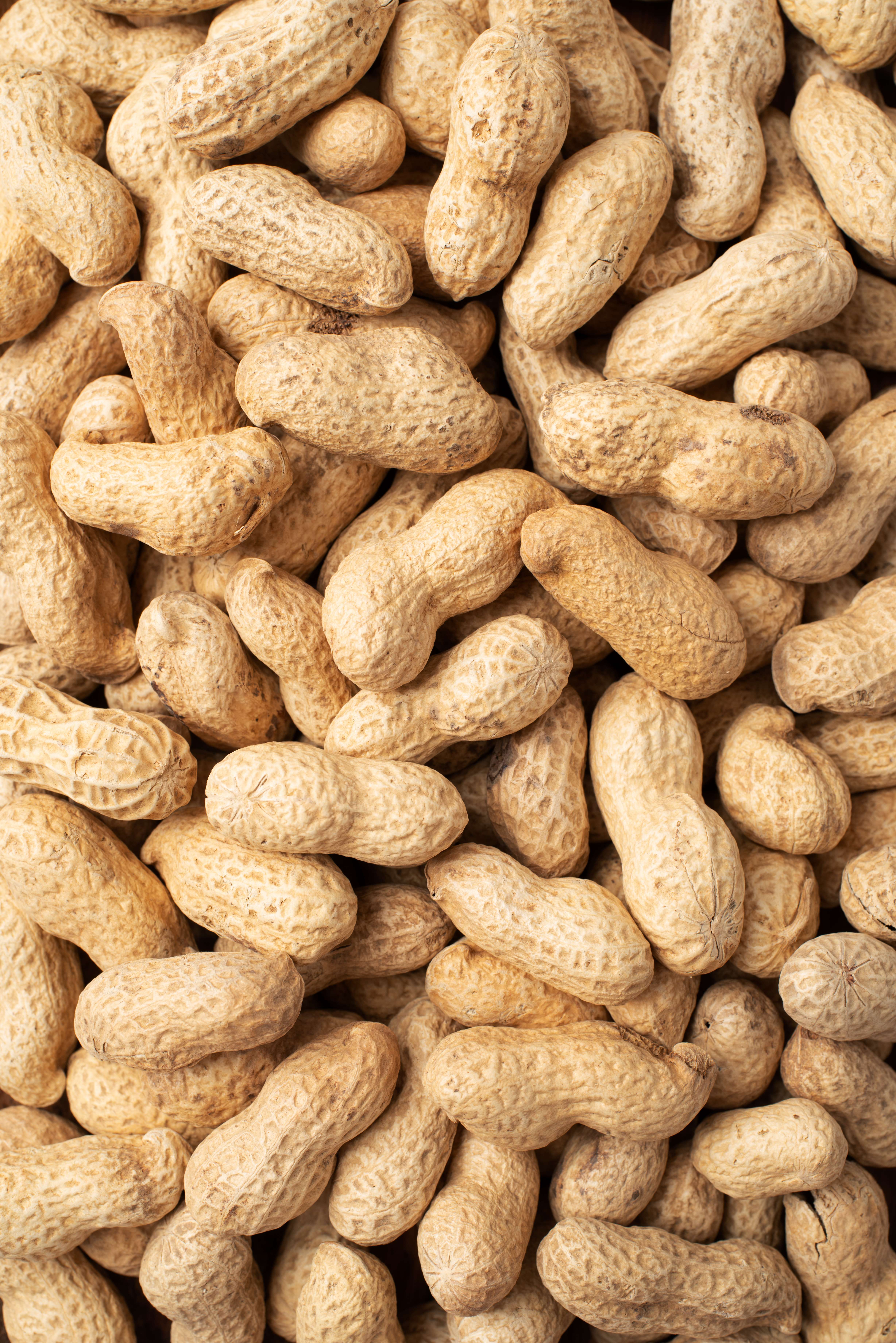Groundnut
Info
- Product Type: Seeds
Groundnut, also known as peanut or Arachis hypogaea, is a legume crop that is widely cultivated for its edible seeds.






Groundnut, also known as peanut or Arachis hypogaea, is a legume crop that is widely cultivated for its edible seeds.
| Specifications | Details |
|---|---|
| Scientific Name | Arachis hypogaea |
| Family | Leguminosae |
| Color | Light Brown, Red (depending on variety) |
| Flavor | Nutty |
| Uses | Culinary, Snacking, Peanut Butter |
| Nutritional Value | Rich in protein, healthy fats, vitamins, and minerals |
| Varieties | Virginia, Spanish, Runner |
| Harvest Season | Summer to early autumn |
| Origin | Native to South America |
| Storage | Store in a cool, dry place |
Groundnut, also known as peanut or Arachis hypogaea, is a legume crop that is widely cultivated for its edible seeds.
Groundnut plants are herbaceous and grow as low-lying, trailing vines or erect bushes. They have compound leaves with four leaflets. After fertilization, the flower stalk elongates and pushes the ovary underground, where the seeds (peanuts) develop.
The seeds are enclosed in a thin, papery, brownish-red or tan-colored shell, known as the seed coat or pod. The primary use of groundnuts is for their seeds, which are consumed roasted, boiled, or as an ingredient in various dishes. The residual meal after oil extraction is used as a high-protein feed for livestock.
Groundnuts are a good source of plant-based protein. They contain monounsaturated and polyunsaturated fats, which are considered good for the heart.
Groundnuts also provide essential vitamins (such as B vitamins) and minerals (such as magnesium and phosphorus). Groundnuts are versatile and have cultural significance in various cuisines worldwide. They play a crucial role in providing nutrition and supporting livelihoods in many regions.
